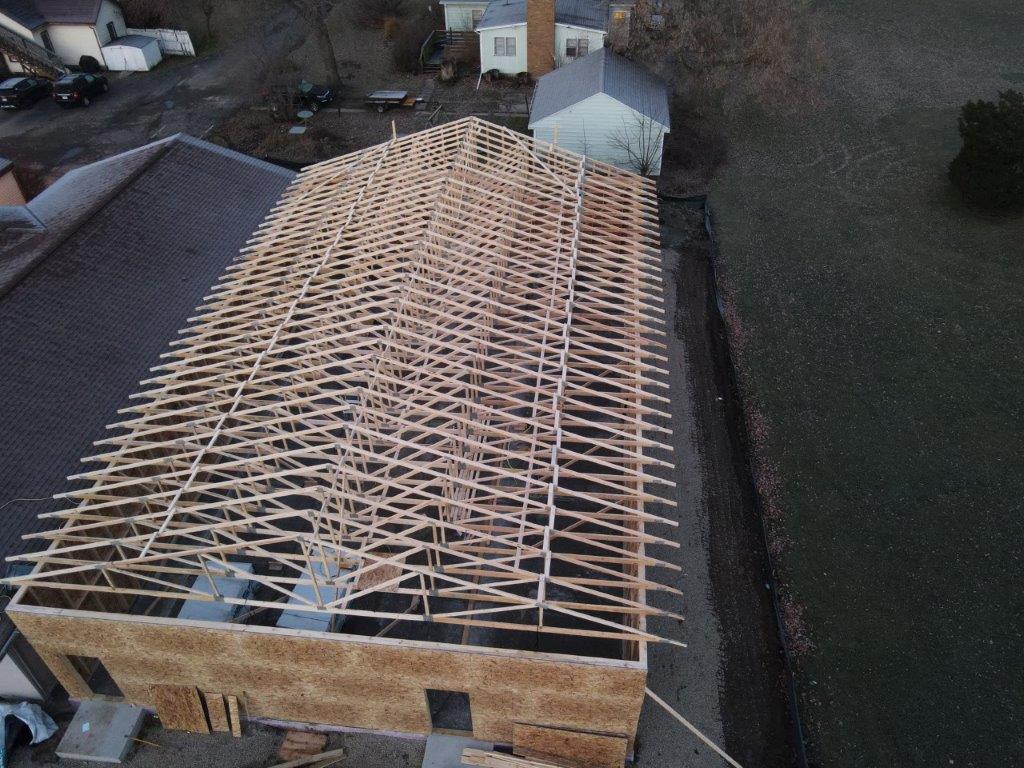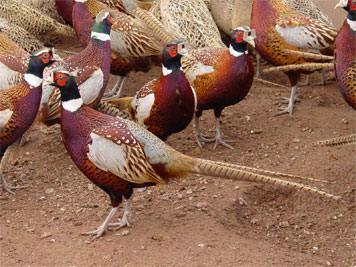The Feed Vacuum
When it comes to building a better mousetrap, MacFarlane Pheasants is still looking, just like we’re always searching for ways to make our job easier. That’s the reason behind the feed vacuum, which we purchased three years ago and have implemented ever since. Far from a gimmick, the “feed vac” makes us more efficient and able to focus better on bird care and other essential farm tasks. Here’s how.
Before the feed vac, MacFarlane Pheasants had a problem. Each winter, as most of our adult birds were shipped around the country to hunting clubs and pheasant enthusiasts, the empty pens would still have feed in their feeders. This feed would either go to waste or be collected by hand—a cold, miserable job that no one liked to get stuck with. Such is life; terrible jobs are still jobs.
But then, three years ago, we purchased the feed vac. Everyone is much happier.
The feed vac is basically a vacuum cleaner supersized. Weighing around the same as an average car engine, we tote it from pen to pen in its own trailer, which is attached to one of the farm trucks. Its usage is simple: at the end of the season, when a pen will be closed, we pull the feed vac up and suck out the remaining food in the feeder. It’s a two-person job, with one person inside the pen and the 25-foot hose snaking up and over the fence. It’s no understatement to say it’s powerful; the vac can suck up 800 pounds of feed in about a minute and half.
The reason we purchased this expensive piece of farm equipment is simple: feed costs money. The feed vac allows us to reuse feed that would otherwise go to waste or attract vermin. Once the feed in the empty pen is collected via the feed vac, we can then use it to spot-feed pens that are running low or store it for future use. This way every bit of feed is used, which helps keep our costs low while still producing the same quality birds we’re known for.
It’s a simple process, emptying feed stations at the end of the year. But it’s one more way that MacFarlane Pheasants has continued to improve and pass on the savings to our customer. As Bird Care Manager Cody Hanson says, every bit counts.
Related Posts
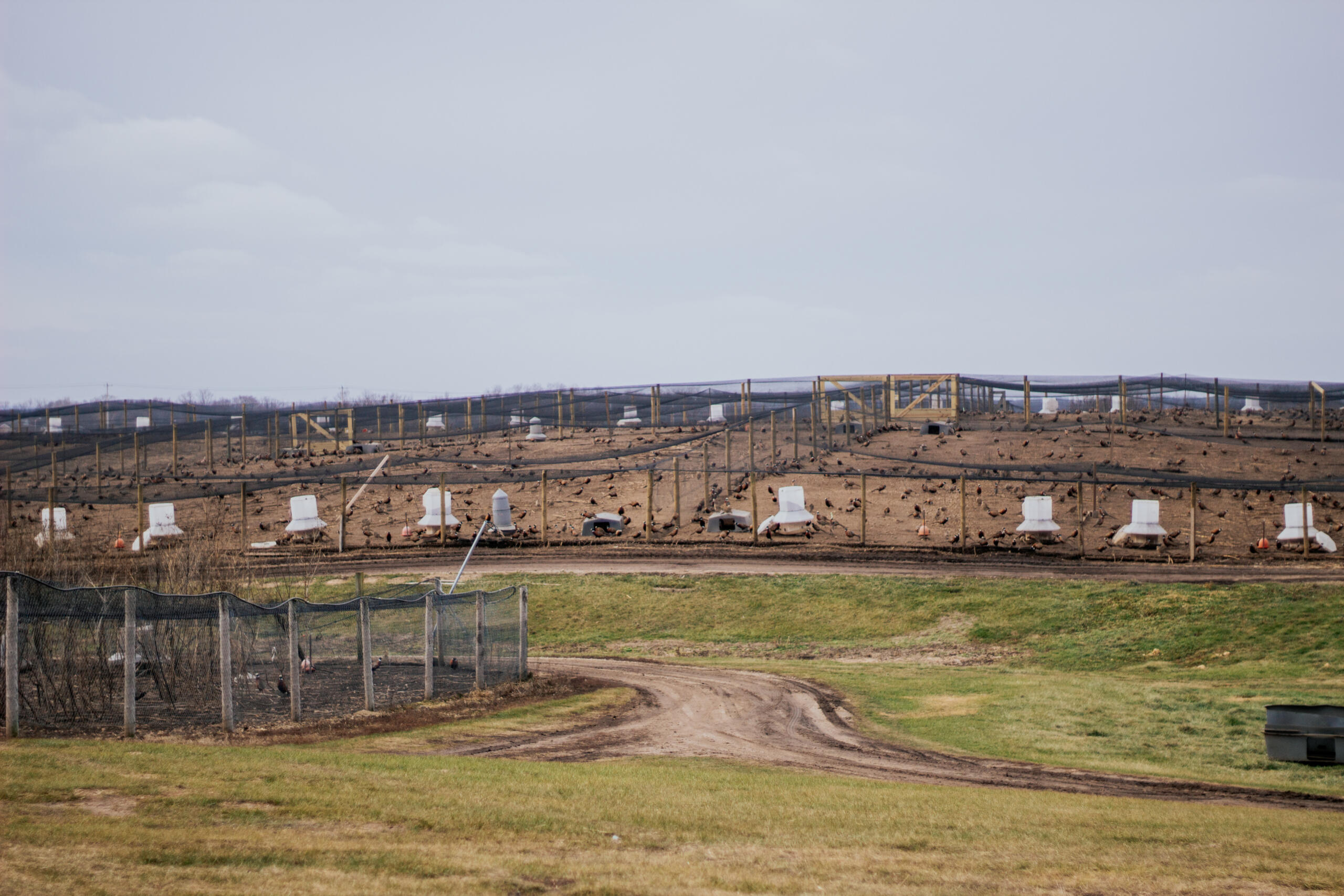
Preparing Our Barns & Pens Each Spring
Read Post
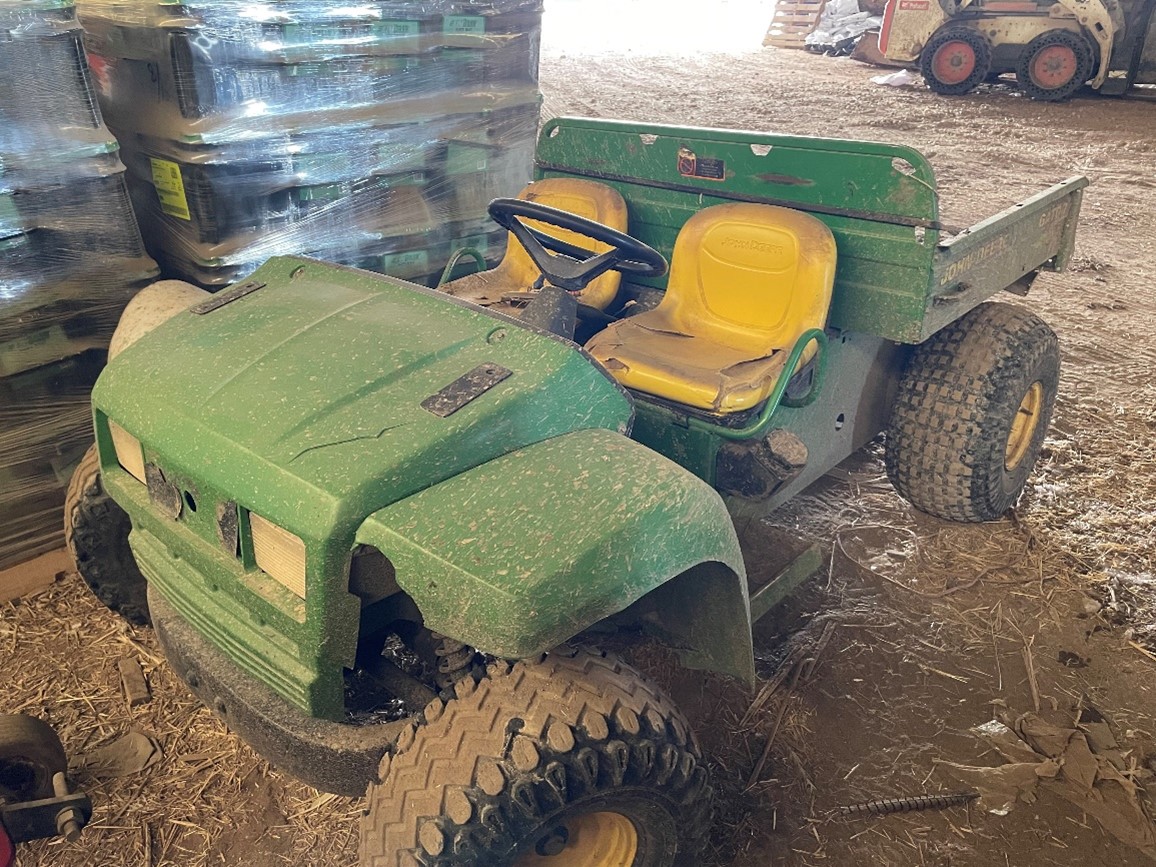
MacFarlane Pheasants is Using 4-Wheelers for Farm Upkeep
Read Post
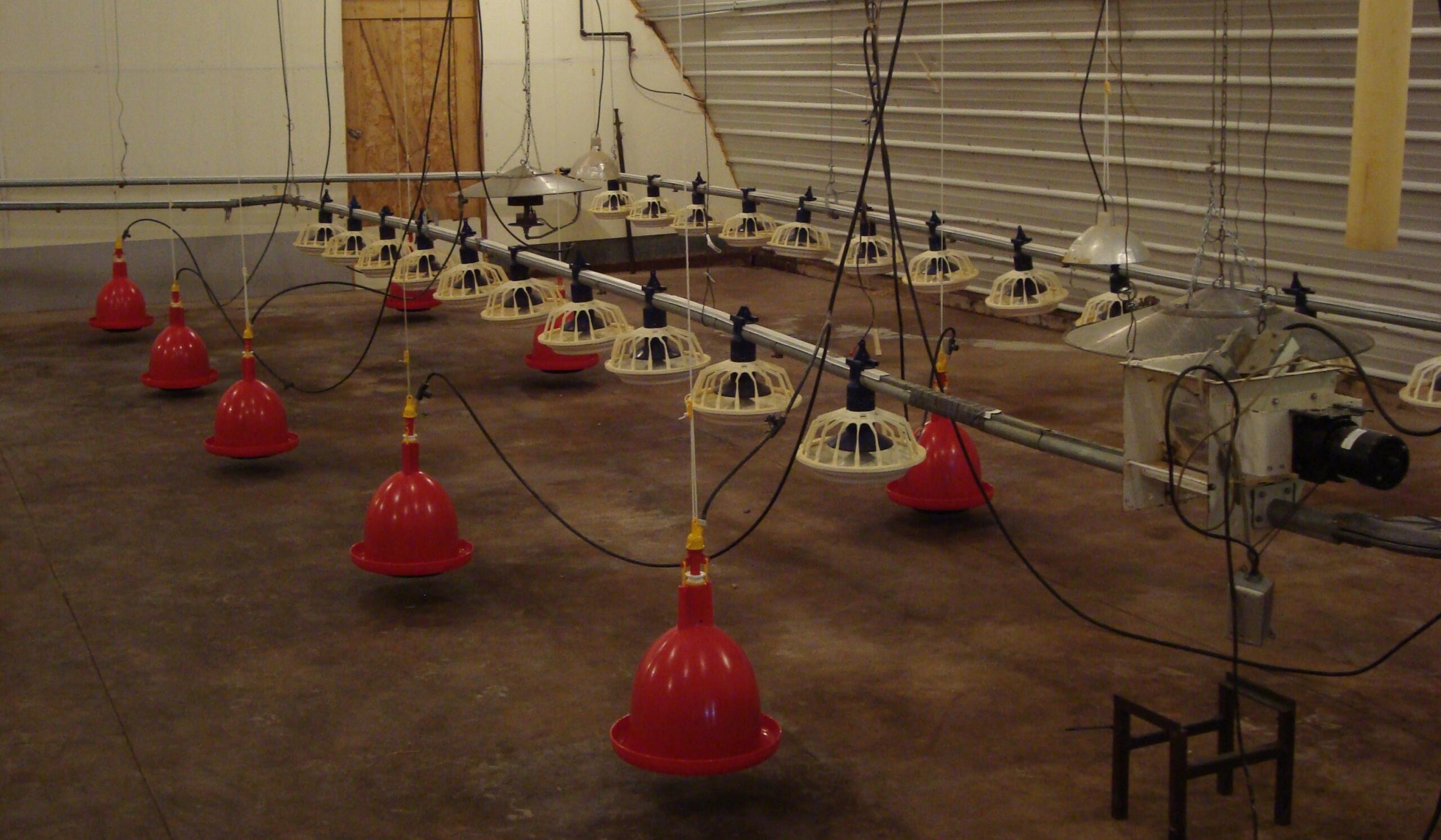
6 Feed and Water Procedures to Keep MacFarlane Pheasants Healthy
Read Post

Advice on what protein % feed to use for your pheasants.
Read Post

All Pheasant Feed Is Not Created Equal
Read Post
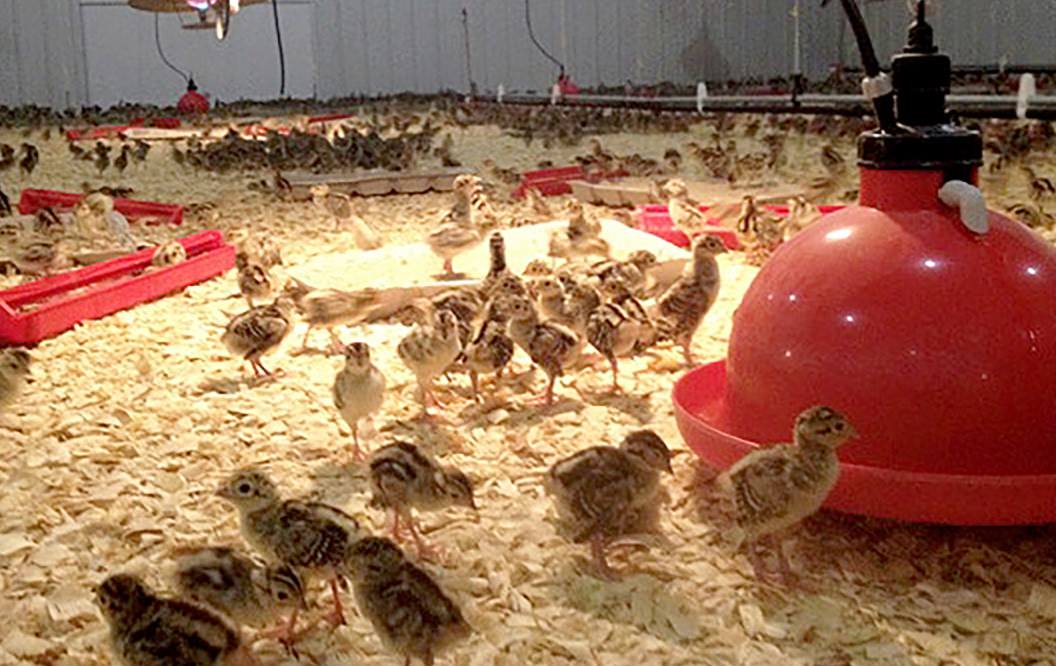
Feed and Water Systems-Critical Concerns
Read Post

Feeder Space For Chicks And Mature Birds
Read Post
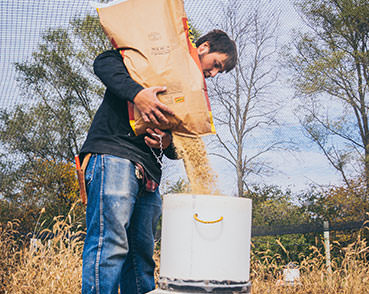
Feeding Pheasants | Pheasant Food
Read Post
Take Advantage of These Free Resources
As the biggest game bird farm in the United States, we want to share our experience with you. Download our free resources below and get started.

